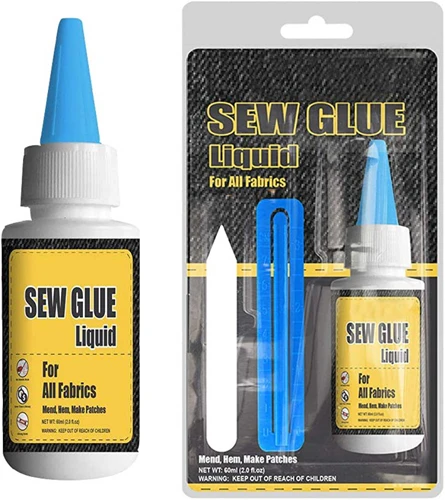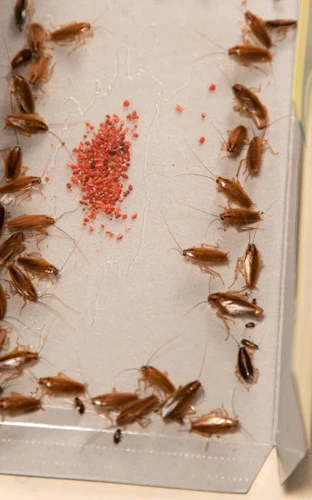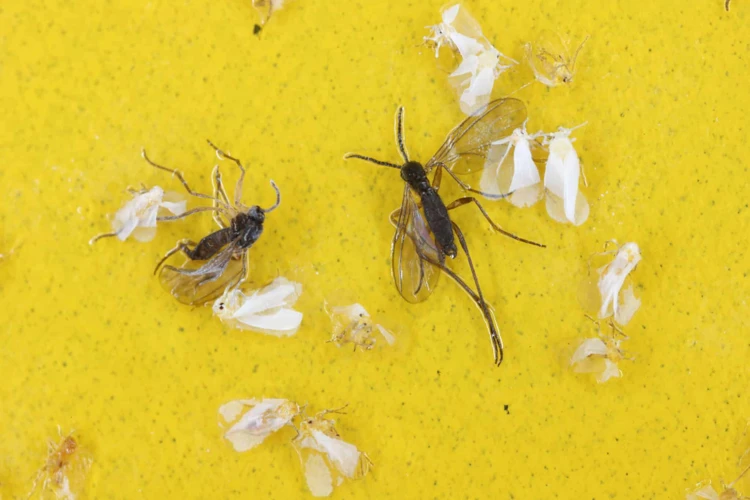Dealing with a roach infestation can be frustrating, but creating your own DIY roach traps can be an effective and cost-efficient solution. These homemade devices target the pesky critters without the need for professional extermination services. In this article, we’ll guide you through the process of making homemade sticky traps for roaches, ensuring that you can tackle the problem head-on, within the comfort of your home.
The Basics of Homemade Sticky Traps for Roaches
Understanding the fundamentals of homemade roach traps is essential for crafting an effective solution. The concept is straightforward: a sticky substance captures roaches that venture onto the trap, preventing them from escaping. These traps can be customized and placed strategically around your home where roach activity is most apparent.
Materials Needed for DIY Roach Traps
- Cardboard or heavy-duty paper
- Non-toxic glue or homemade sticky adhesive
- Bait such as sugar or bread crumbs
- Disposable gloves
- Scissors or a utility knife
Understanding the Risk of Glue on Roach
The risk of glue on roach lies in its potential to harm non-target creatures if not used responsibly. The adhesive must be strong enough to detain the roaches but safe for use around pets and children. Therefore, selecting the appropriate glue is a crucial step in the creation of your traps.
Step-by-Step Guide to Making Roach Glue Traps
Step 1: Preparing the Base for Your Homemade Roach Trap
Begin by cutting the cardboard or heavy-duty paper into your desired size. Smaller traps can be placed in tight spaces, while larger ones are suitable for open areas. Ensure the base is flat and sturdy enough to hold a layer of glue.
Step 2: Applying the Glue
Donning your disposable gloves, apply an even layer of non-toxic glue onto the base. Spread it across the entire surface, leaving a small border to prevent the glue from spilling over the edges. The layer should be thick enough to ensnare roaches but not so heavy that it creates a mess.
Step 3: Setting the Bait
Place a small quantity of bait in the center of the trap. Roaches are attracted to sweet and starchy substances, so sugar, bread crumbs, or even a dab of peanut butter can be highly effective. The bait should be enticing, but minimal, to ensure the roaches have to step onto the sticky surface.
Step 4: Placing Your DIY Roach Traps
Strategically position your traps in areas where roaches are likely to travel, such as near garbage bins, under sinks, and along walls. The placement is key to capturing as many roaches as possible. Ensure that they are out of reach of pets and children.
Step 5: Monitoring and Maintenance
Regularly check your traps for captured roaches and replace them as necessary. A filled trap will not be effective, so prompt disposal and replacement are crucial for ongoing control. Always wear gloves when handling used traps to maintain hygiene and safety.
Alternative Homemade Roach Traps
Duct Tape Roach Trap
An alternative to glue traps is the duct tape roach trap. Simply form a loop of duct tape, sticky side up, and place bait in the center. The tape’s adhesive can catch roaches, making it a simple yet effective trapping method.
Jar Roach Trap
Another option involves using a jar with a bait-laden paper funnel inserted into the opening. Roaches crawl in but can’t climb out due to the smooth surface, trapping them effectively without the use of glue.
How to Make Glue Traps for Rats: A Comparative Approach
When considering how to make glue traps for rats, a similar approach is used, but on a larger scale. The base must be stronger to support the weight of a rat, and the glue must be especially sturdy to prevent escape. The principles are alike, but the execution requires adjustments to accommodate the larger size and strength of rats.
Tips and Tricks for Effective Roach Traps DIY
For enhanced effectiveness, place traps in dark, warm areas where roaches are known to congregate. Ensure that your home is clean and free of accessible food sources that might compete with the bait. Regular inspection and prompt replacement of traps are essential for maintaining control over the roach population.
Potential Risks and Warnings for Using Homemade Sticky Traps
While homemade roach traps are generally safe, there is a risk of accidental contact with the adhesive. Always use with caution around pets and children, and place traps where non-target species cannot reach them. If any accidental exposure occurs, consult the adhesive manufacturer’s guidelines for removal instructions.
FAQs on DIY Roach Traps and Homemade Sticky Traps for Roaches
Many commonly asked questions surround the topic of roach traps DIY. For instance, how often should traps be replaced? Typically, traps should be checked weekly and replaced as they fill up or at least once a month for effectiveness. Can these traps be used outdoors? They can, but environmental elements may reduce their adhesive properties, so indoor use is recommended.
Conclusion: The Effectiveness of Homemade Roach Traps
Homemade roach traps are a viable option for those seeking an economical and effective way to manage a roach infestation. With the right preparation and placement, DIY traps can significantly reduce roach populations, contributing to a cleaner and more comfortable living environment.
If you’re looking for effective DIY pest control solutions, you might be interested in learning how to create your own traps. While you’re exploring how to make roach glue traps, don’t miss the opportunity to discover other types of homemade traps. For those dealing with a mouse problem, our guide on how to make homemade glue mouse traps could be a game-changer. And if you’re curious about other sticky trap formats, check out our instructions on how to make glue balls and how to make glue blocks for a variety of pest control scenarios.
References and Further Reading
For further advice and detailed instructions, consider researching entomology studies on roach behavior or seeking out additional DIY pest control resources. Community forums and professional pest control websites can also offer valuable insights into the best practices for homemade roach management.




